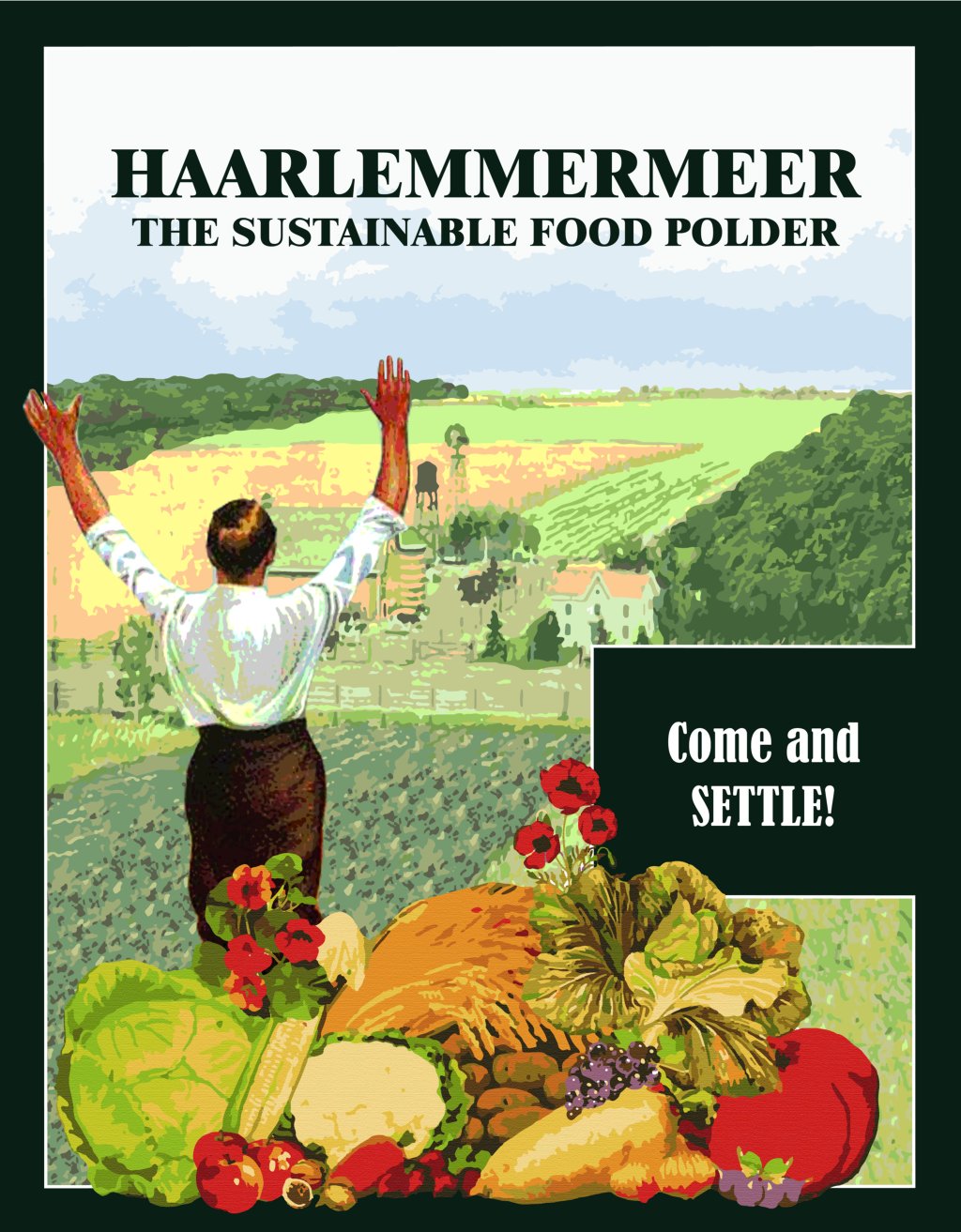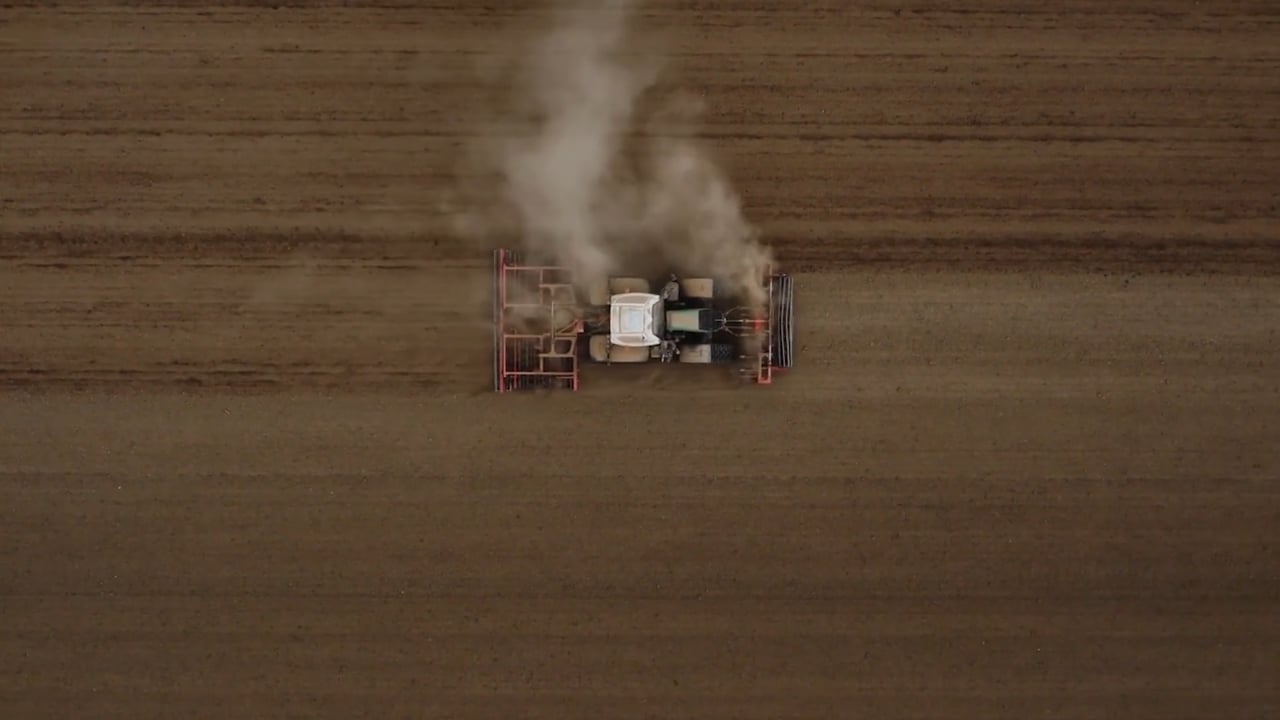The emergence of food systems on a global scale transformed Dutch food regions into mono-functional production landscapes. It’s a crisis that manifests itself on multiple layers within our society, resulting in cultural fragmentation, environmental degradation and an undermining of regional autonomy. These urgent challenges call for new, adaptive and holistic approaches that ensure the protection and development of cultural- and environmental values, whilst ensuring profitable livelihoods for farmers. With their new role as agro-architects, landscape architects must have a leading role in the design of these sustainable food systems. Permanent Polder Food shows how design can be a means to transform the iconic Dutch food region Haarlemmermeer into a sustainable food system that is able to reject the conventional food landscape.
Three concepts were used to set the theoretical foundation of this design; ‘city region food system’, ‘cultural food heritage’ and ‘permaculture.’ With this input, a design was made for a new polder grammar within the Haarlemmermeer, turning it into a leading food landscape for the future.
In addition to this tangible landscape design, attention is paid to more social and economic challenges in order to regain regional autonomy. Calculations of the designs show that the large variation in crop production, in combination with permaculture techniques, leads to a more profitable model than the current monocultures.As a cornerstone, this plan offers a case for how farmers’ cooperatives and regional branding might contribute to attractive revenue models.
The design for a sustainable food landscape within the Haarlemmermeer has been abstracted into eleven design principles. These principles can be used by landscape architects as practical tools in the development of sustainable food regions worldwide, and form the basis for the creation of the agro-architect’s toolbox.
As food-related design remains largely unexplored in the domain of landscape architecture, this research is of great value since it provides examples and concrete design tools. Increasingly, similar kinds of design experiments are emerging; e.g. Brood & Spelen and Regio van de Toekomst. Such studies raise awareness, and trigger projects.
However, the scale of this crisis demands overarching and structural design solutions that manage the aforementioned challenges while preserving local freedom of movement for farmers. Fruitful collaborations between land users and designers are crucial in tackling the challenges we face in unsustainable food landscapes.





